13 GPTs for Flight Tracking Powered by AI for Free of 2025
AI GPTs for Flight Tracking are advanced tools developed using Generative Pre-trained Transformers, tailored specifically for the aviation industry's needs in monitoring and managing flights. These tools leverage the vast capabilities of AI to process and analyze real-time data, providing comprehensive insights into flight statuses, schedules, and airspace conditions. Their relevance lies in the ability to offer precise, up-to-date information, making them indispensable for operational efficiency and safety in air travel.
Top 10 GPTs for Flight Tracking are: Zurich Airport,Orion Flight Enhanced,Sky-Watcher Ai,FlightEye,FlightsTracker,Airplane Ian,1 prompt Travel Buddy,AI Flight,SkyTimely GPT,Sky Tracker
Zurich Airport
Navigate Zurich flights with AI
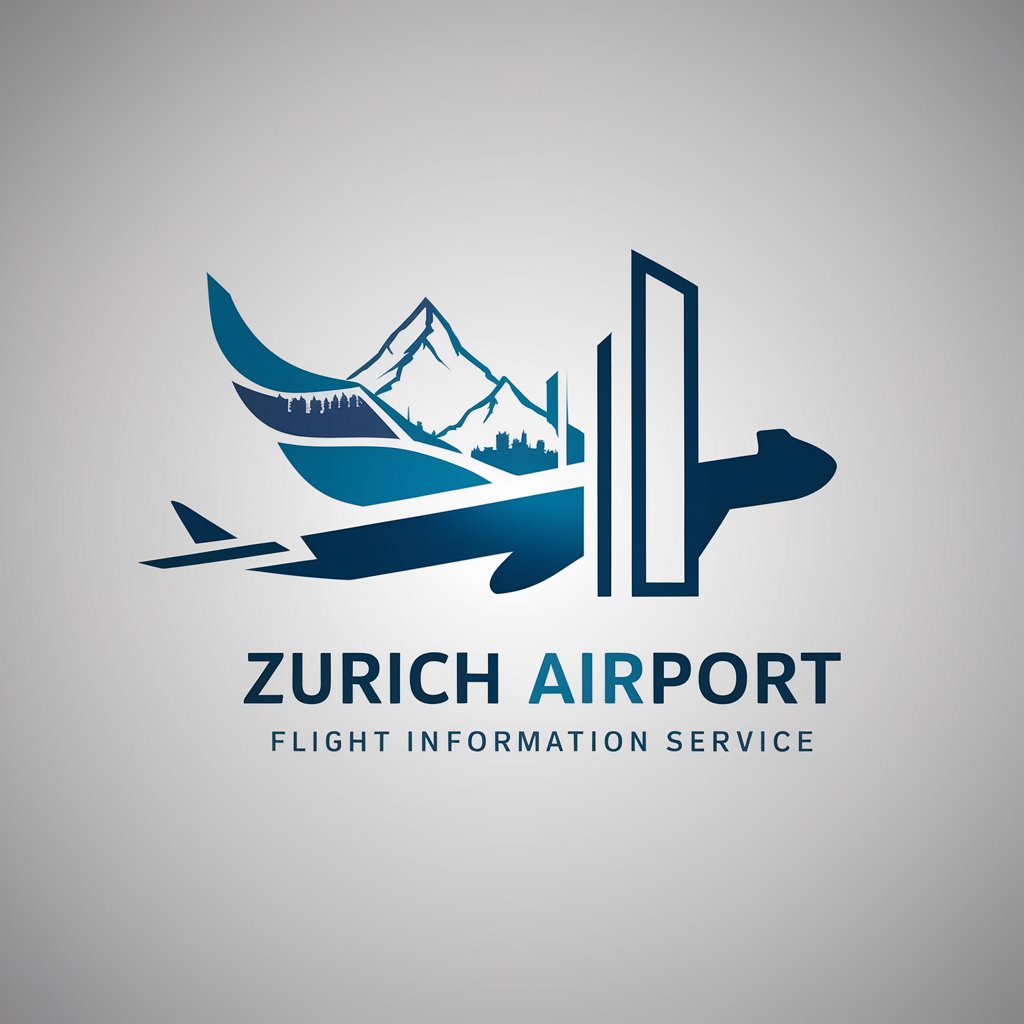
Orion Flight Enhanced
AI-Powered, Comprehensive Flight Insight
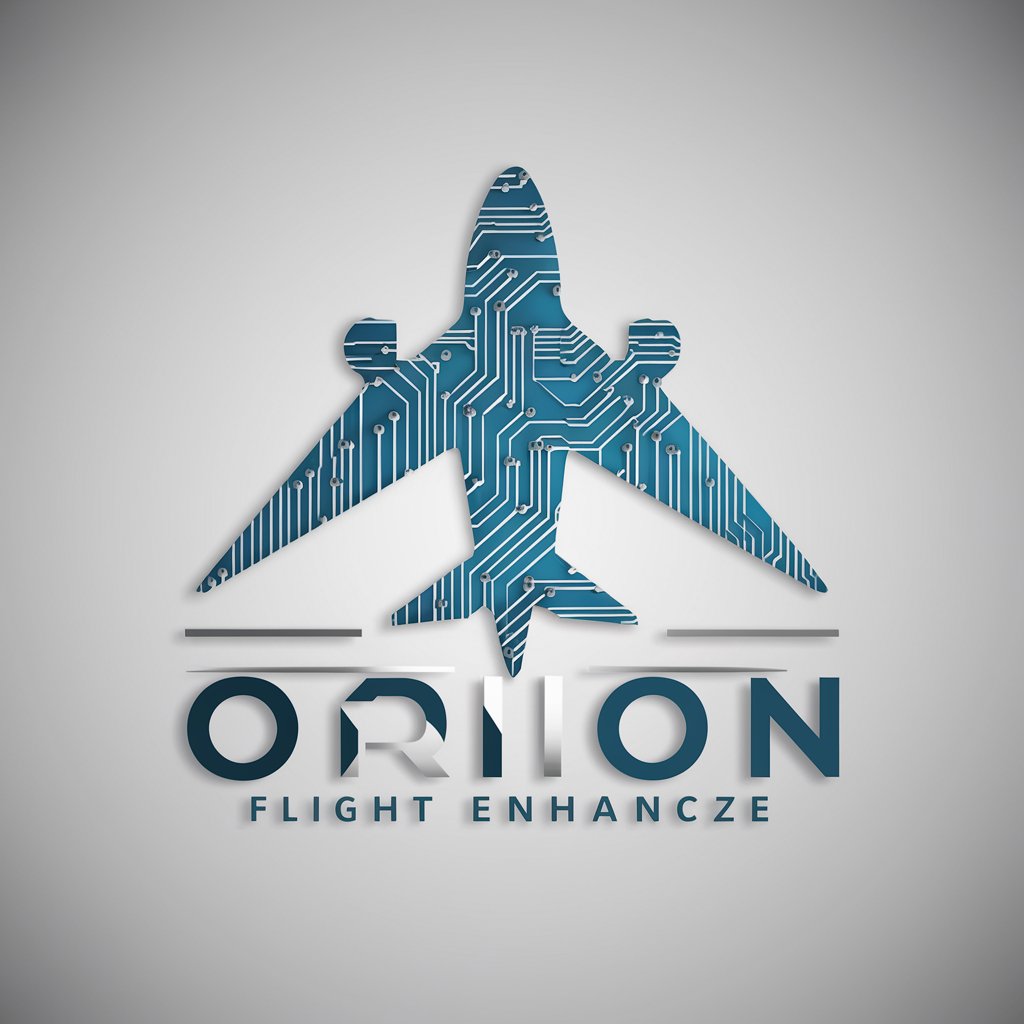
Sky-Watcher Ai
Unveiling the Mysteries of the Sky
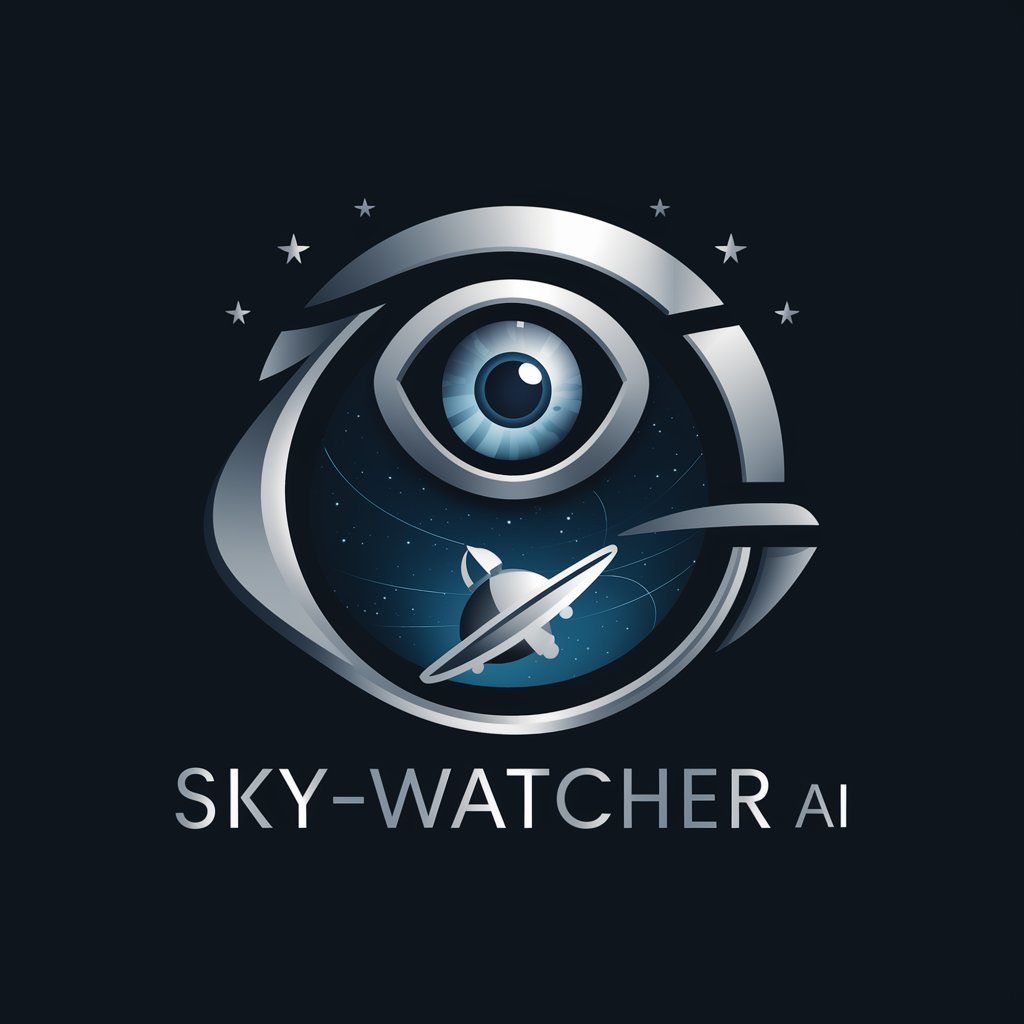
FlightEye
Your AI-Powered Flight Companion

FlightsTracker
Navigate the skies with AI-powered precision.
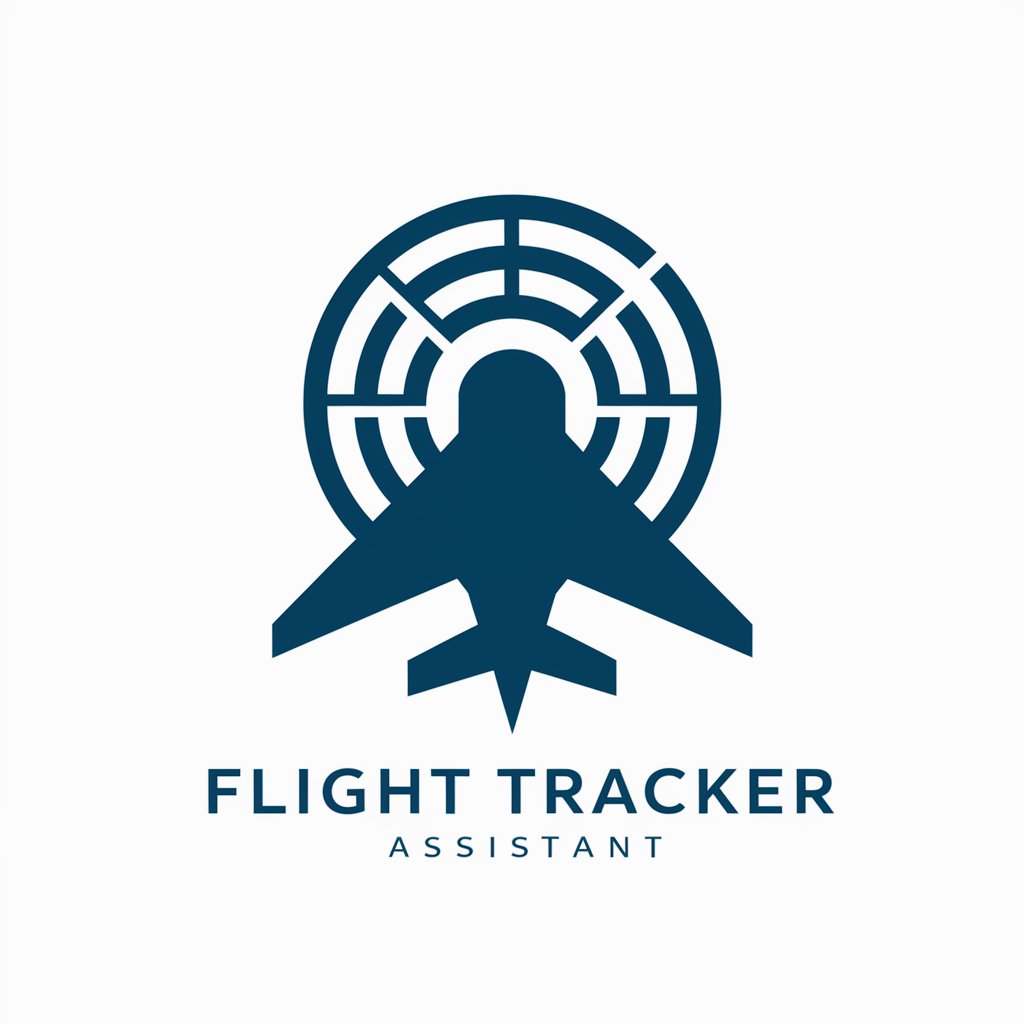
Airplane Ian
Elevate Your Aviation Intelligence
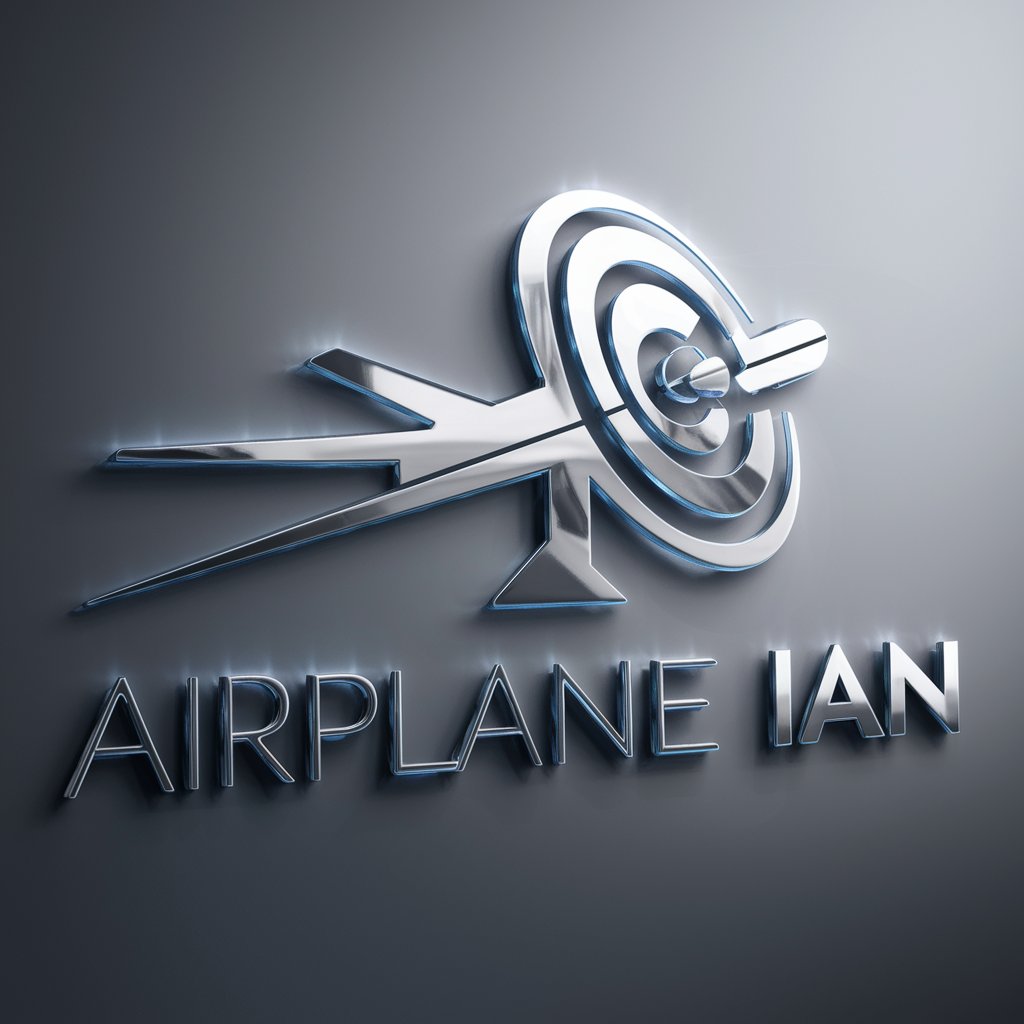
1 prompt Travel Buddy
Navigate Airports and Flights with AI-Powered Ease

AI Flight
Navigate Air Travel with AI-Powered Ease
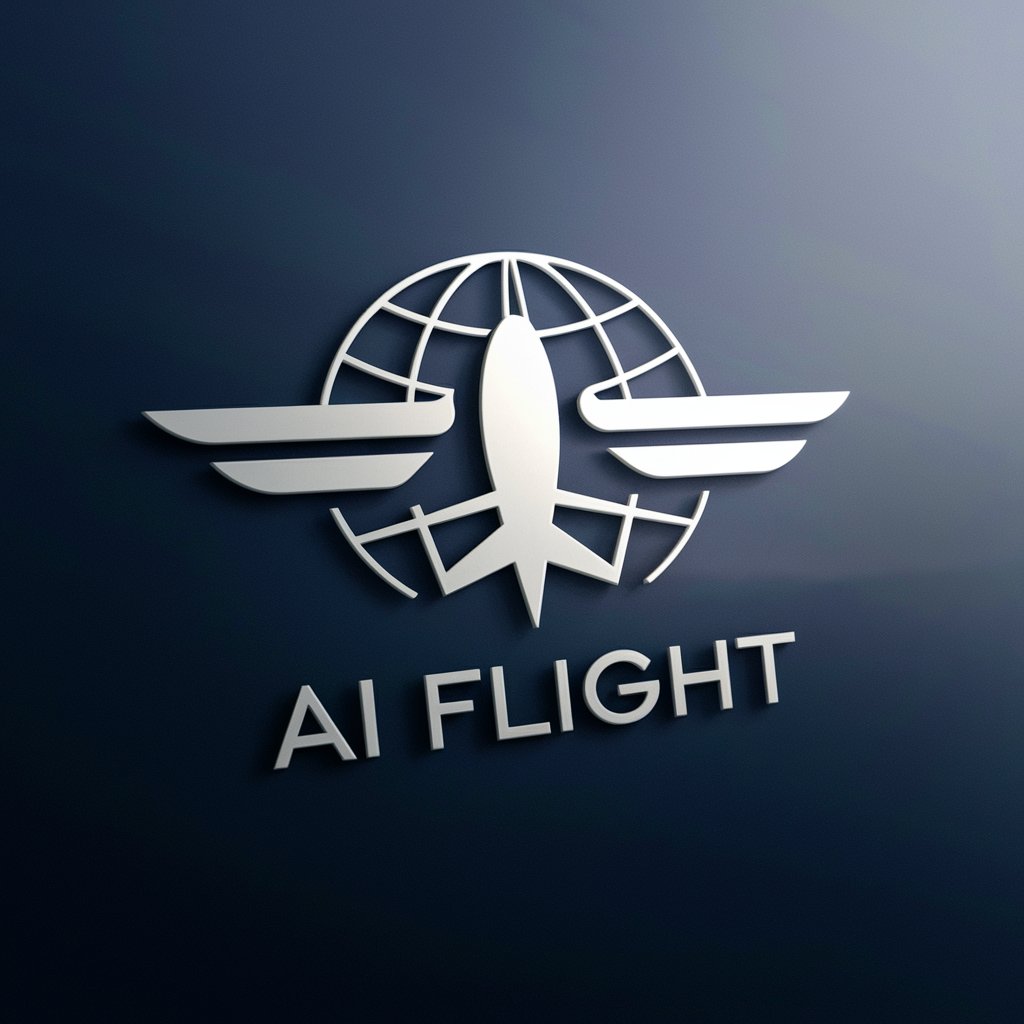
SkyTimely GPT
Predictive Precision for Every Flight
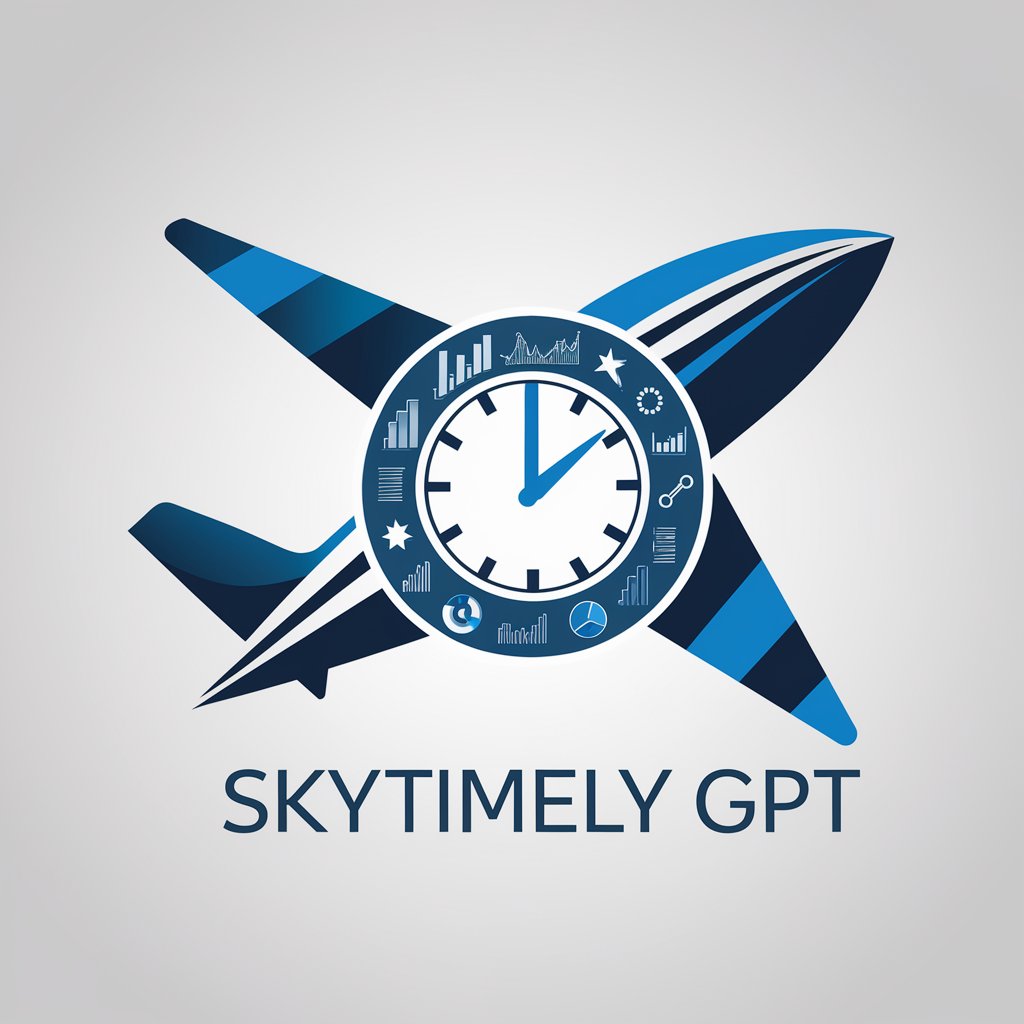
Sky Tracker
Your AI-Powered Flight Tracker
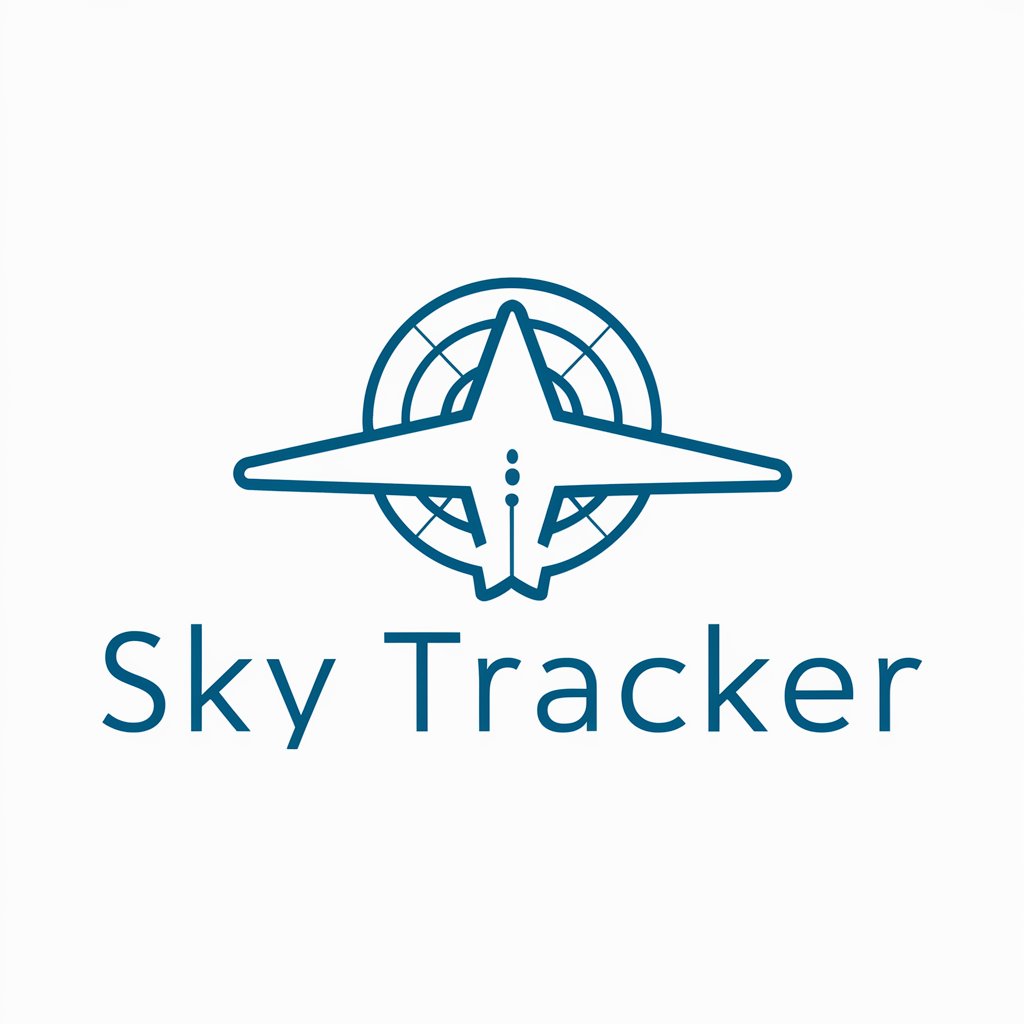
Airline Itinerary Parser
Automate your travel plans with AI
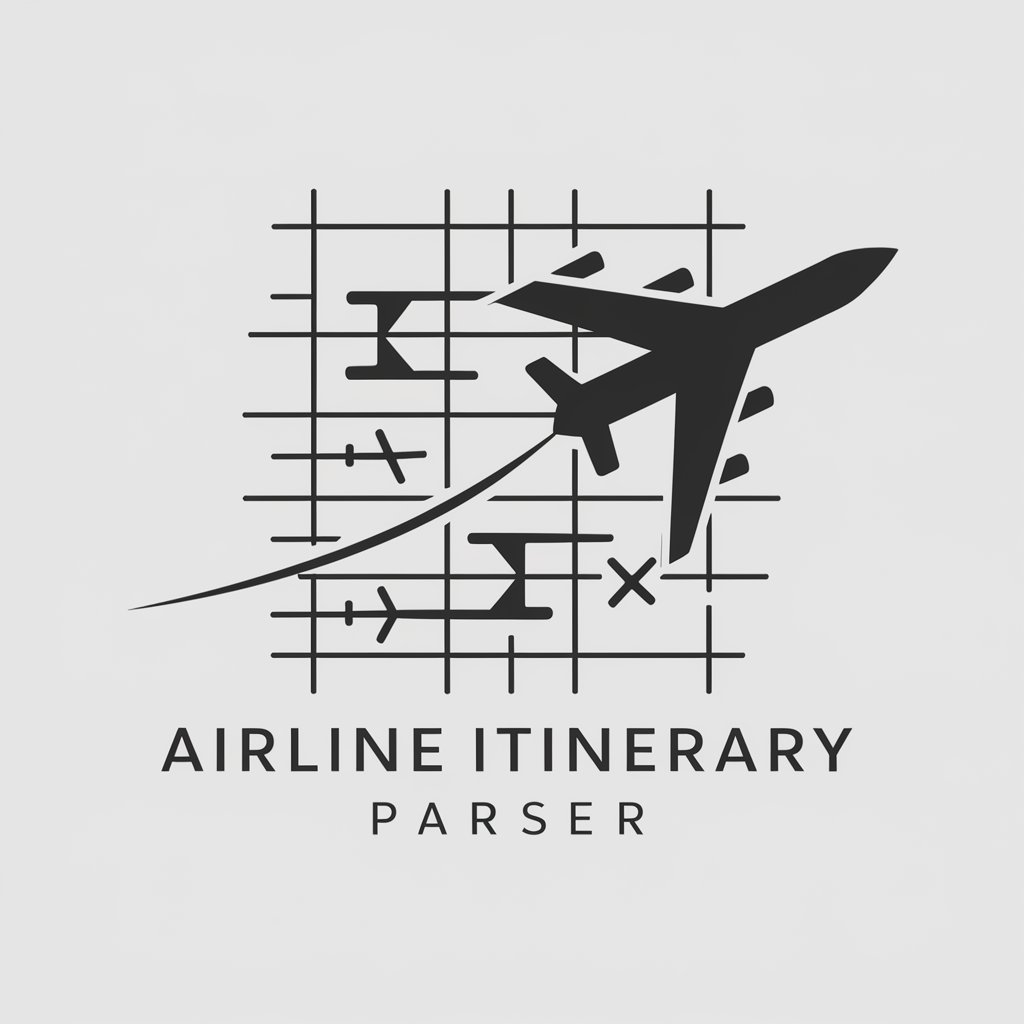
TäkØF
Navigate airports stress-free with AI-powered assistance.
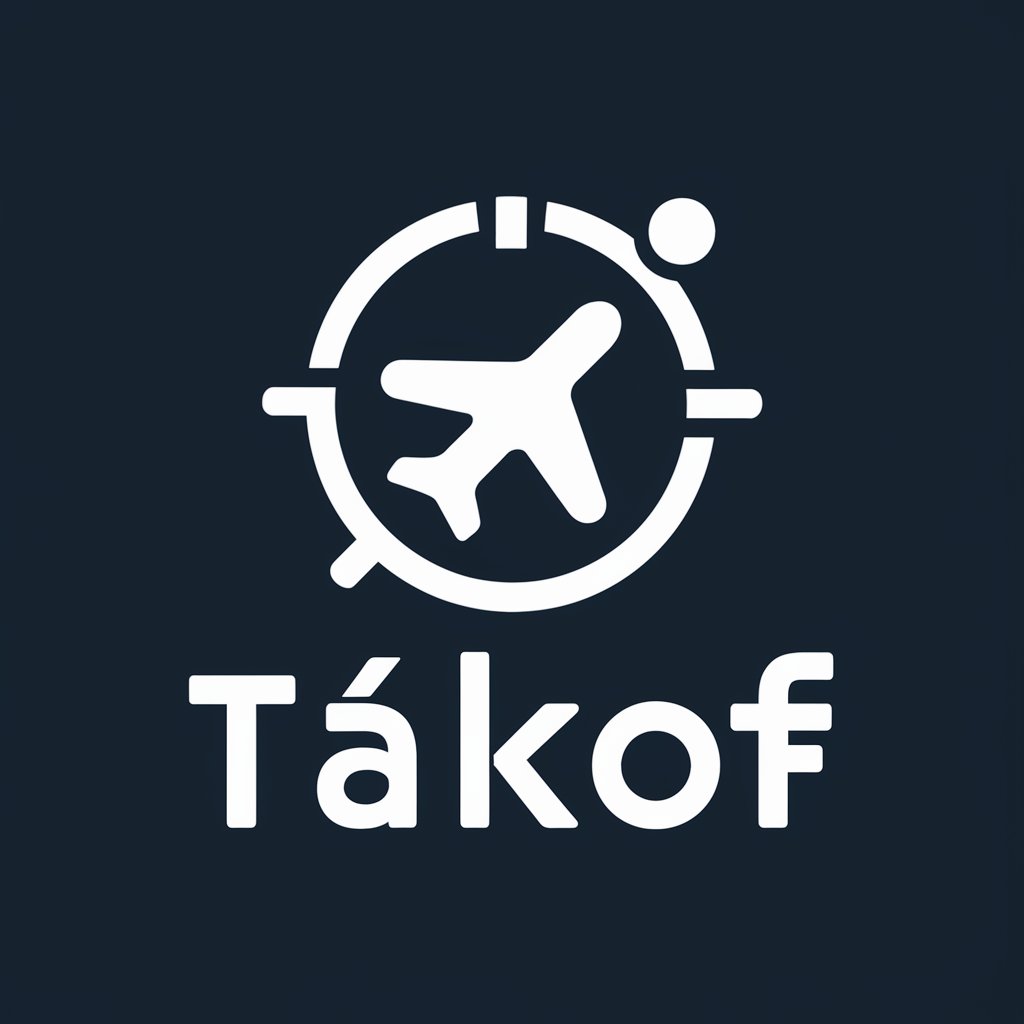
Flight Buddy
Navigate Air Travel with AI Precision
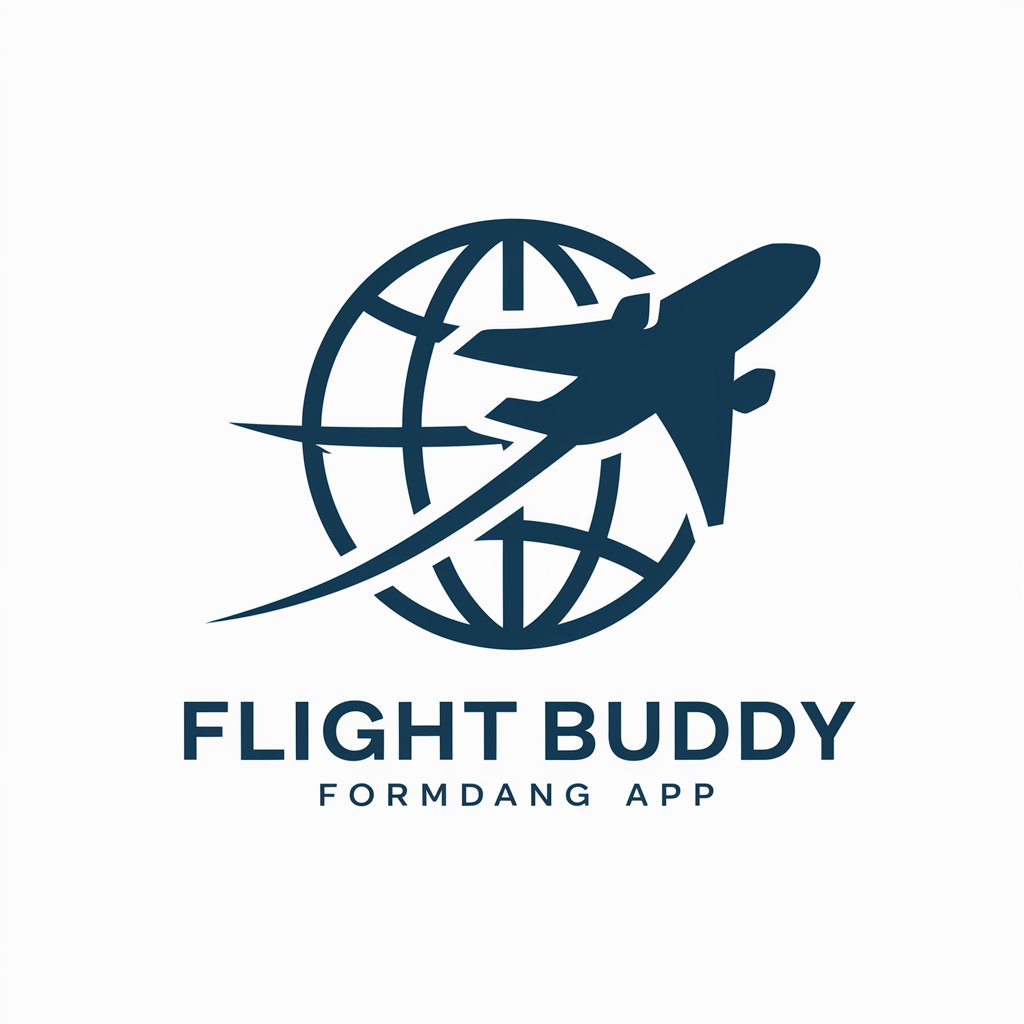
Essential Attributes of Flight Tracking AI
AI GPTs designed for Flight Tracking boast several unique features, including real-time data processing, predictive analytics for flight paths and potential delays, and interactive interfaces for user queries. These tools are adaptable, capable of scaling from basic flight status updates to complex airspace management tasks. Specialized capabilities like natural language processing enable them to understand and respond to user inquiries in human-like conversations, enhancing user experience and accessibility.
Who Benefits from Flight-Tracking AI Tools
The primary users of AI GPTs for Flight Tracking include aviation professionals, airline operators, and air traffic controllers who require up-to-the-minute flight information. Additionally, these tools serve travelers seeking real-time updates on their flights. The intuitive design ensures ease of use for novices, while offering advanced features for tech-savvy individuals and developers looking for customizable options.
Try Our other AI GPTs tools for Free
Last-minute Bookings
Discover how AI GPTs for Last-minute Bookings redefine spontaneous travel, offering tailored, efficient solutions with advanced AI technology for users across the spectrum.
Skill Improvement
Unlock your potential with AI-powered Skill Improvement tools, designed to offer personalized, adaptive learning paths for continuous personal and professional growth.
Post-game Review
Discover how AI GPTs for Post-game Review transform gaming analysis with deep insights, tailored feedback, and strategic optimization for players and developers alike.
Theory Clarification
Explore AI GPTs for Theory Clarification: Tailored AI solutions for demystifying complex theories and enhancing learning and research across various domains.
Invoice Processing
Discover how AI GPTs for Invoice Processing can transform your finance operations with advanced automation, accuracy, and insights.
Complex Query Handling
Discover AI GPTs for Complex Query Handling: tailored tools designed for interpreting and responding to intricate queries, ideal for professionals and novices alike.
Broader Impacts of Flight-Tracking AI
AI GPTs are revolutionizing flight tracking by offering solutions that are not only user-friendly but also highly adaptable to diverse sectors within aviation. Their integration capabilities mean they can easily complement existing workflows, enhancing efficiency and safety across the board. The technology's evolution promises even greater contributions to operational optimization and passenger satisfaction.
Frequently Asked Questions
What exactly are AI GPTs for Flight Tracking?
They are AI-driven tools that utilize Generative Pre-trained Transformers to offer detailed, real-time insights into flight statuses and airspace conditions, tailored for the aviation industry.
How do these tools differ from traditional flight tracking systems?
Unlike conventional systems, AI GPTs provide more nuanced, predictive insights using advanced algorithms, natural language processing, and real-time data analytics, enhancing accuracy and user interaction.
Can non-technical users easily navigate these AI GPTs?
Yes, these tools are designed with user-friendly interfaces, allowing individuals without technical expertise to access flight information effortlessly.
Are there customization options available for developers?
Absolutely, developers can access APIs and programming interfaces to tailor the tools to specific requirements or integrate them into existing systems.
How do AI GPTs for Flight Tracking improve operational efficiency?
By providing real-time, accurate flight data and predictive analytics, these tools help streamline operations, enhance decision-making, and improve response times to irregularities.
Is it possible to integrate these tools with other aviation software?
Yes, their flexible architecture allows for seamless integration with various aviation management systems, broadening their utility.
Do these tools support multiple languages for global users?
Indeed, leveraging natural language processing, AI GPTs can interact and provide information in multiple languages, catering to a global audience.
What future advancements can we expect in AI GPTs for Flight Tracking?
Future developments may include enhanced predictive analytics, more personalized user experiences, and broader integrations with emerging aviation technologies.